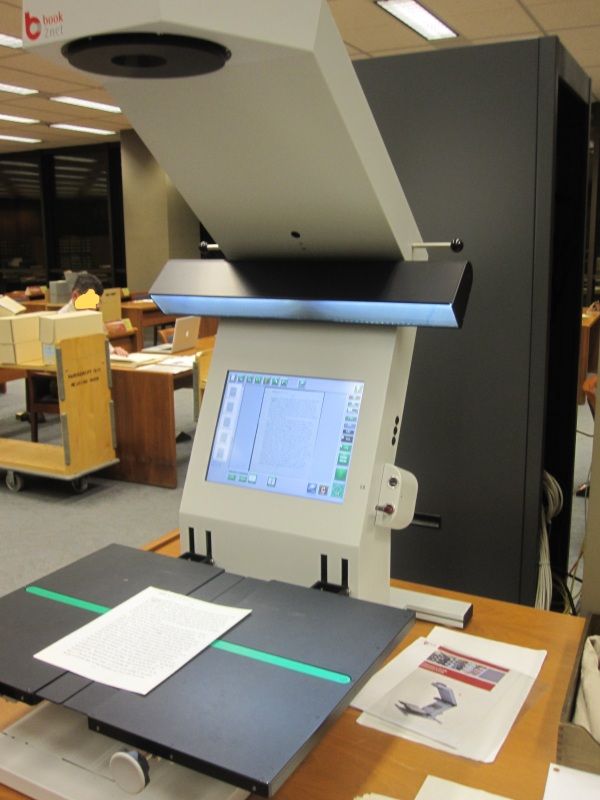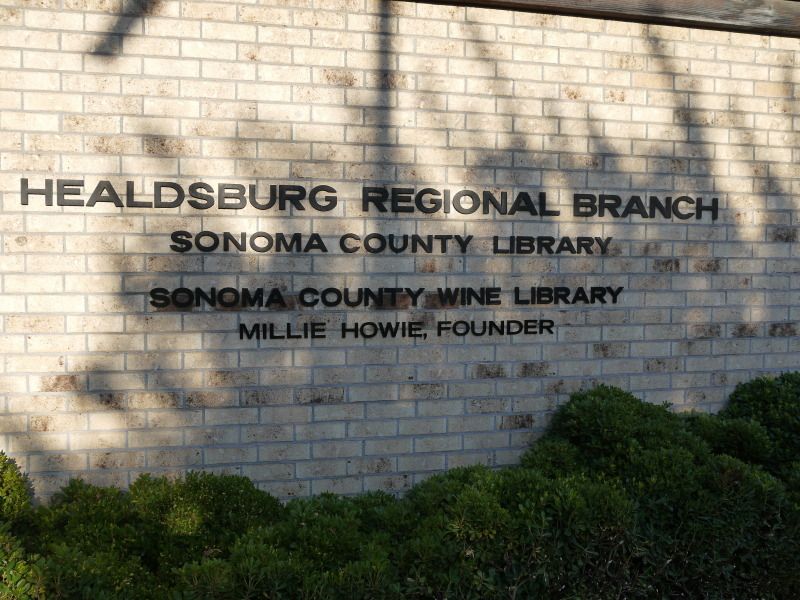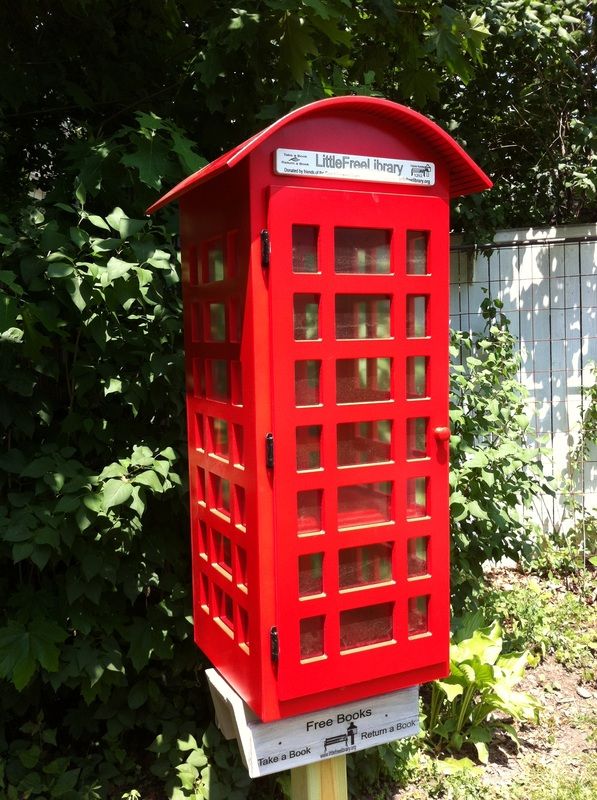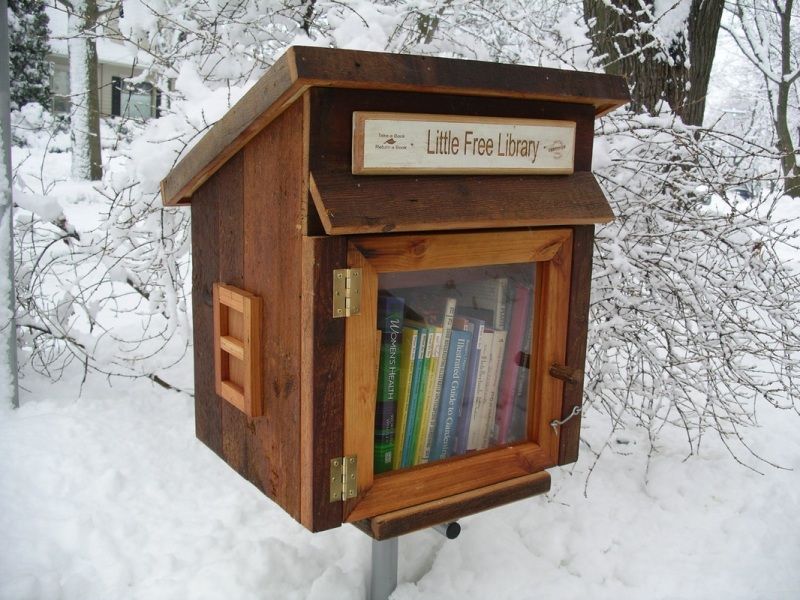A few months ago I found myself with a reason to visit the
Manuscript Reading Room in the
James Madison Memorial Building. I needed to look for the transcript of a conversation by Carnegie's biographer supposedly located in the
Andrew Carnegie papers. A doctoral candidate from UW iSchool in Seattle needed the document for her dissertation research, and I volunteered to find it because I had the time and live in the area. It was also a perfect opportunity to get over my nervousness about using the library for research for the first time. I was looking up a document that cited the Andrew Carnegie papers, box 256. The online
finding aid is very well organized, easy to use and in looking up box 256 I found that some of the general content was also stored in Box 257. I would ask for both boxes and see what I could find. I checked the hours for the Manuscript reading room and called ahead to make sure the papers were accessible onsite. Many items are stored off-site and require advance notice so it helps to call ahead and check.

Armed with the box numbers I passed through security at the building entrance and found the manuscript reading room on the first floor. I also stopped to admire the stature of Madison when I took a wrong turn down a hallway.

I had already visited LM140 for my
reader registration card in the same building. I walked up to the security desk and presented my card to security. I let him know I had never been to that reading room before and he gave me a key for the lockers and pointed me towards the information desk. I'd already reviewed the
restrictions for personal belongings, as well as the
research and reference FAQs. I also attended a
research orientation class. Some of the reading rooms offer specific orientations for their subject area, which may be useful although I have not taken one yet. The general orientation class provides basic instruction on library use and could be helpful for new researchers, but is a little light for anyone familiar with library services and use.
After stowing my things in a locker at the front of the room, I approached the desk where I was checked in and registered as a user of the manuscript reading room. I gave her my two box numbers, and she thanked me for being prepared. If you need to look up the boxes you need, or want help researching the collection, there are computers available in the room, as well as staff on hand to assist you.
By the time I'd sat down at one of the lovely wooden desks, much of my apprehension had dissipated and I was a little giddy with excitement. Silly, yes, but I found the experience a little surreal at how very easy it is to walk in, ask for something, and have it brought to you on a cart. Within minutes I was sifting through the archival boxes reading bibliographies of articles and books that mention Carnegie, as well as several typed notes of references to Carnegie in articles, or interviews with people about him. I also found what I was looking for, a transcript of the conversation between Burton J. Hendrick and James Bertram my doctoral candidate friend had found mentioned in another source. I scanned it using this amazing machine, you can check it out here on
Google Docs
If you're interested in learning more about collections and conducting research at LOC, the
website is the best place to start. Many library resources are available digitally to browse or access, such as a
Virtual Reference Shelf,
Webcasts,
Digital Collections,
Bibliographies,
Online Catalog, and
Finding Aids. The rooms themselves are beautiful and the collections are amazing. Check them out if you ever have time, and unearth some neat things.











